Two documents released recently do a great job framing the upcoming debate over reauthorization of the nation’s surface transportation legislation, and are of particular interest for taxpayers. The first is a “Views and Estimates” document released by the House Committee on Transportation and Infrastructure (T&I). The second is “Alternative Approaches to Funding Highways” produced by the Congressional Budget Office (CBO).
The last six-year transportation bill – SAFETEA-LU as it’s known – expired in 2009, and has been operating under a series of stop-gap extensions ever since. There are indications, however, that this may be the year when Congress and the Administration finally come together and make a concerted push to pass a new bill.
The Views and Estimates document from House T&I reflects the stark fiscal situation facing the nation and the Republican resolve to cut spending as a response to the nation’s massive deficit and debt obligations.
The following well summarizes the mood and the approach of the Republican members of the Committee: “As we seek to do more with less, the Committee will also work to ensure that infrastructure investments funded by these programs are those that make sense and will yield the greatest benefit for the least cost.”
Later in the document, they reject the President’s proposal for a $556 billion six-year reauthorization bill because there is no indication how the President’s bill would be paid for. It does, however, express support for the idea of eliminating programs that are not in the federal interest or that are overlapping or duplicative, a sentiment reflected in the President’s call for a major paring down and consolidation of the programs funded under the transportation bill.
The Committee document also states its commitment to writing a long-term bill that “keeps the [Highway Trust Fund] solvent without additional transfers from the General Fund.” In the past couple of years, the HTF has required three transfers totaling approximately $30 billion, without which there would not have been enough funds to cover the promises Congress made in SAFETEA-LU. Avoiding such scenarios in the future is of critical importance. The Committee also express support for accelerating project delivery to reduce costs, since delay in construction can add many millions of dollars to a project’s final tally.
Finally, the Committee states its interest “in exploring ways to better leverage the existing HTF revenues.” Their ideas include expansion and improvement of the TIFIA and RRIF loan programs, and evaluation of the President’s proposal for a National Infrastructure Bank when the Administration’s proposal becomes available.
If the first frame of the new debate is doing more with less, the second frame will revolve around finding more resources to keep the transportation program growing. While some of this exploration will certainly revolve around existing tools such as the TIFIA loan program and new ideas such as the National Infrastructure Bank, as discussed by the Committee, or proposals for the expanded use of tolling, bonds, and public private partnerships– all of which seek to increase the amount of funds available by better leveraging existing infrastructure and resources – there will also be robust discussion about how to increase the funds available to be spent at the federal level.
The gasoline taxes that flow into the HTF to fund transportation projects doesn’t have the same purchasing power it once did, eroded by inflation (the gas tax hasn’t increased since 1993) and increasing efficiency of the nation’s automobile fleet. As a result, there will be approximately $35 billion available each year to spend, far below what most agree is enough to maintain our current infrastructure in good repair, much less expand it.
The CBO explored the funding issue in a document entitled “Alternative Approaches to Funding Highways.” In it, they review primarily one alternative to the gasoline tax, called a vehicle miles traveled (VMT) charge, which would charge drivers based on the number of miles they drive, based on data collected by an on-board GPS unit. They also consider the possibility of charging drivers more based on when (during peak driving periods, for example) and where (on more congested routes) they drive, but only within the context of the VMT charge itself. But congestion pricing, in the form of tolling or the implementation of HOT lanes, can be accomplished more quickly and easily than waiting for a wide roll-out of a complex VMT charge. Perhaps that’s another consideration for another day, but it should be noted that these charges would be a great “alternative” approach to funding highways, and accomplish many of the goals that CBO details in its report.
That said, this is an issue that will also be of enormous importance during the next transportation reauthorization debate. How we are going to pay for a bigger bill is going to run headlong into how we are going to do more with less. Taxpayers can only hope that Congress remembers that either more dollars need to be found, or the program needs to shrink. We cannot afford more transfers from the Treasury to cover pie-in-the-sky transportation proposals, especially in the current dire fiscal climate.
###

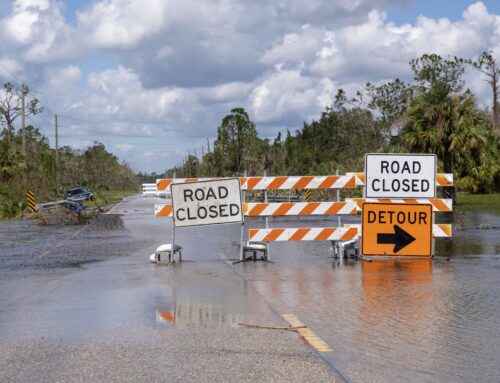

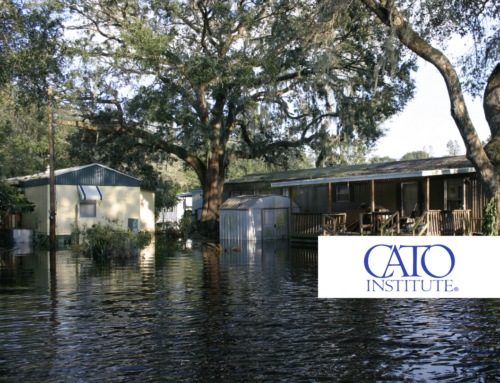
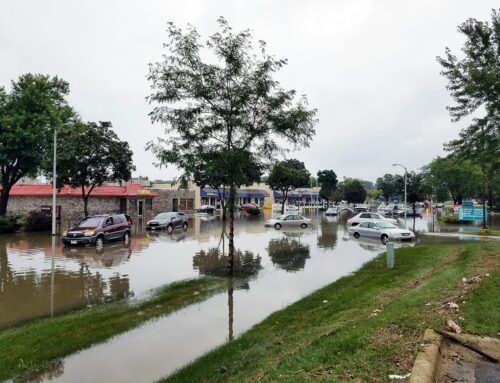
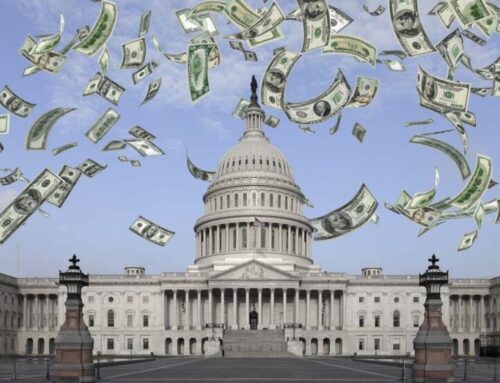
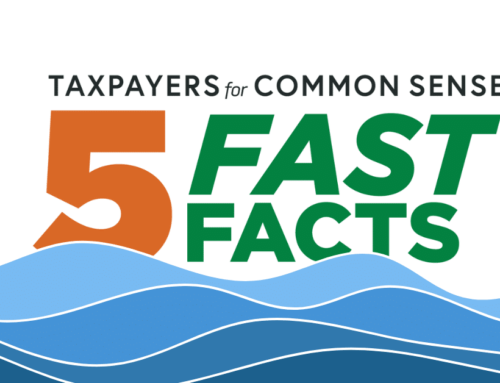




Get Social